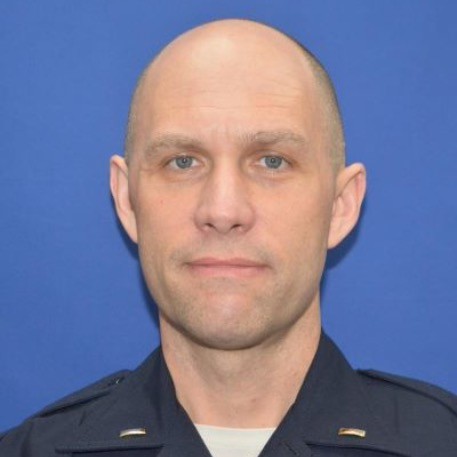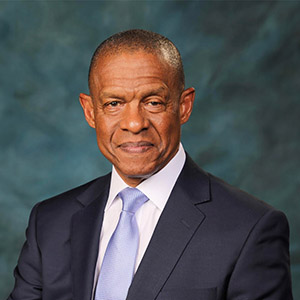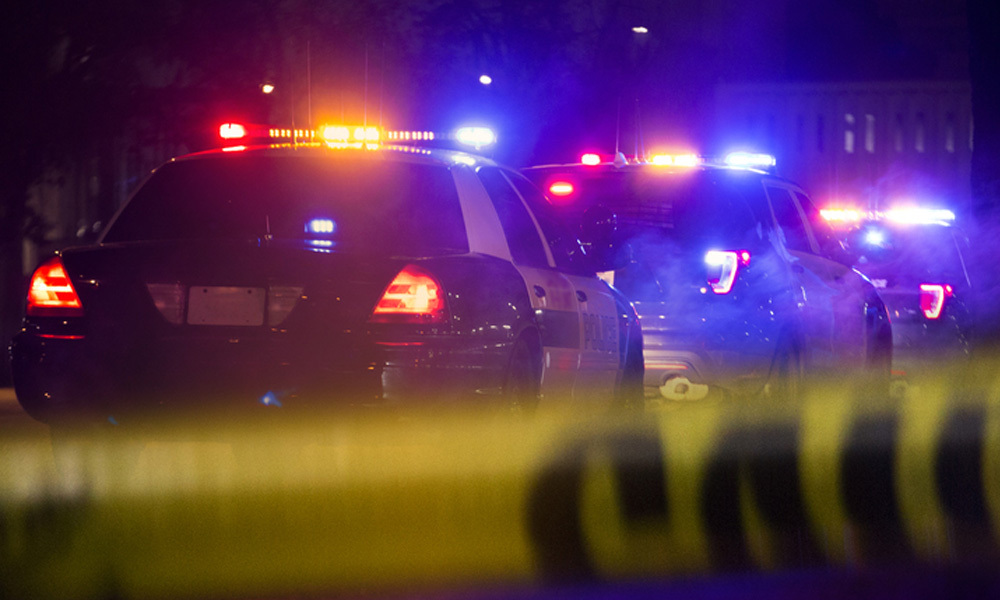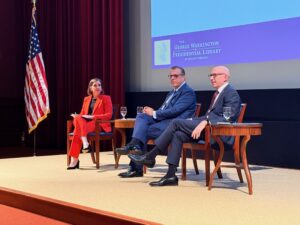One of the deadliest terrorist attacks since 9/11 began around 2 a.m. on June 12, 2016, when a gunman opened fire in an Orlando nightclub. An unfathomable 53 people were killed and another 49 were injured in what was, at the time, the deadliest mass shooting in U.S. history.
Eventually, first responders killed the suspect, rescued hostages and evacuated the injured. But several things went wrong within the first hour, according to research from Travis Norton, a PhD student at the USC Sol Price School of Public Policy.

No one in law enforcement, for example, took command outside the Pulse Nightclub to manage the overall operation, Norton noted. Some officers, meanwhile, self-deployed to the scene and made the situation more chaotic. A few unintentionally pointed guns at each other.
The lack of incident command and the unorganized self-deployment are among the most commonly reported problems during mass shootings, Norton’s research has found. The retired police lieutenant, now a Doctor of Policy, Planning and Development student, has become a leading expert in active-shooter response, identifying issues and potential solutions to better prepare first responders.
National publications like The New York Times and The Atlantic have cited his insights, while the Justice Department interviewed him as part of its investigation into the police response to the Robb Elementary School shooting on May 24, 2022 in Uvalde, Texas. He’s trained officers around the country, too.
Now, Norton is working to draft policies that would apply his research findings. He recently helped draft a California bill that would, among other things, mandate that law enforcement agencies identify an incident commander during an active shooting.
“In my dissertation, half of the incidents that I have investigated don’t even have an identifiable person in charge. As a result, that problem starts running on its own inertia,” Norton said. “Passing legislation might mitigate some of these issues that we’re having.”
A novel problem for police officers
Shootings have become an unfortunately familiar part of American life. There were 50 active-shooter incidents in 2022 – the most recent year with data available – a nearly 67% percent increase from 2018, according to the FBI.
Even with that sharp increase, it’s still highly unlikely that a police department will ever have to respond to such an event. That presents a major challenge to first responders, Norton said.
“Essentially, if you’re responding to an active-shooter event, you’re going to be a novice,” Norton said.
Norton’s interest in mass shootings stems from his 25-year career in law enforcement, where he most recently served as lieutenant for the Oceanside Police Department. As part of a debrief team for the California Association of Tactical Officers, he’d meet with people involved in mass shootings to gather data on what happened.

Master of Public Policy
Advocate & Innovate for a More Just World
Effective public policy has the power to disentangle increasingly complex global and domestic challenges. With an MPP from USC, you will have that power too.
Find Out MoreHe eventually came to the USC Price School to pursue his research further. For his dissertation, Norton is interviewing 25 law enforcement leaders – mostly incident commanders – who were involved in mass shootings over the past 20 years. He’s letting them speak anonymously so they can be candid about their mistakes. The interviews build on his 2018 master’s thesis, in which he examined 15 agency reports on how first responders handled large-scale shootings.
Recent school shootings in Uvalde, Texas, and Parkland, Florida, drew much attention to the response – or lack thereof – of officers who first arrived on scene. But generally speaking, the problems are not with the initial responding officers, but with leadership, Norton found.
“When lieutenants or higher-ranked officers get there, sometimes they don’t take charge. Sometimes they completely fall flat on their face because they’re skilled administrators, but now you’re thrusting them into this huge event and they don’t train for that enough,” Norton said.

Norton’s work has the potential to serve as a template for how agencies handle future active shooter events, said Erroll G. Southers, USC Price School Professor of the Practice in National and Homeland Security.
“What impressed me about Travis is he wants to do something that might be a paradigm shift,” said Southers, who was a dissertation chair for Norton. “We’re leading the world in this dilemma, and he’s trying to come up with a way for first responders – mostly law enforcement – to address this from a different perspective. That, to me, is really innovative.”
Working with lawmakers
Perhaps the chief finding of Norton’s master’s thesis – which he researched at California State University, Long Beach – was that agencies cited incident command as a problem in 14 out of the 15 shootings he studied. But there are other recurring issues, too.
That includes indiscriminate parking of police vehicles, which was cited in 67% of the 15 incidents. Parking may seem like a trivial problem at first glance, but vehicles parked haphazardly can prevent ambulances and armored vehicles from accessing crisis sites, Norton noted.
The California bill (AB 2710) that Norton helped write, introduced in February by Assemblyman Tom Lackey, would prohibit indiscriminate police parking. It would also address other issues identified by Norton’s research, including inappropriate self-deployment and unnecessary radio transmissions during shootings.
Norton doesn’t believe new policies alone will solve problems with active-shooter responses, but thinks they can mitigate common challenges. Even if a policy helps just one incident, where dozens of lives may be at stake, “that’s a win for me,” Norton said.





